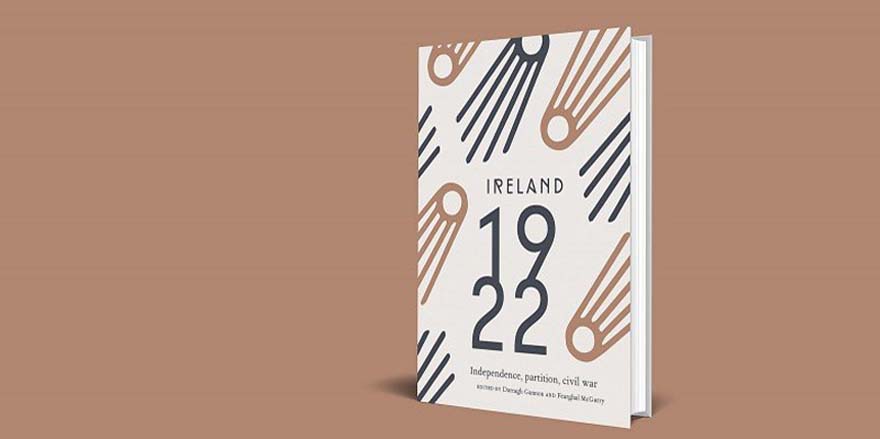
23 October 1922: The burning of Tullamaine Castle
23 October 2022Read Gemma Clarke's essay on 'Everyday Violence in the Irish Civil War' on Century Ireland.
Ireland 1922, edited by Darragh Gannon and Fearghal McGarry, features 50 essays from leading international scholars that explore a turning point in history, one whose legacy remains controversial a century on. Building on their own expertise, and on the wealth of recent scholarship provoked by the Decade of Centenaries, each contributor focuses on one event that illuminates a key aspect of revolutionary Ireland, demonstrating how the events of this year would shape the new states established in 1922. Together, these essays explore many of the key issues and debates of a year that transformed Ireland.
In collaboration with Century Ireland, we are making the 50 essays freely available online. Today's essay is by Gemma Clarke and it covers the burning of Tullamaine Castle in Tipperary:
‘Another Tipperary castle destroyed’, reported the Nenagh Guardian on 23 October 1922, detailing the burning, during the previous week, of Tullamaine Castle, near Fethard, County Tipperary. In what was becoming a familiar military strategy—razing former or potential barracks as National Army troops advanced—the castle had been occupied by a ‘large force of Irregulars’ (anti-Treaty republicans engaged in guerrilla warfare with the nascent Irish Free State). The subsequent damage, estimated at £60,000, to one of the county’s ‘finest private mansions’ (Nenagh Guardian) did not, however, garner much further attention from the local press.1 The historic and political significance of the anti-Treaty IRA’s campaign against these former seats of British loyalist and Protestant power was not lost on contemporaries, and has been much interpreted since, in culture and academia. Yet, from the burning of small hayricks to fiery spectacles on huge demesnes, arson—alongside other acts of ‘everyday’ violence and intimidation (assault, boycotting, animal maiming, circulation of threatening · 278 · notices)—had become commonplace in Ireland during 1922, serving two key functions in the war over the independence settlement with Britain: community regulation and land redistribution. Continue reading (you will be redirected to the website of Century Ireland)
Ireland 1922, edited by Darragh Gannon and Fearghal McGarry, is published by the Royal Irish Academy with support from the Department of Tourism, Culture, Arts, Gaeltacht, Sport and Media under the Decade of Centenaries 2012-2023 programme.




